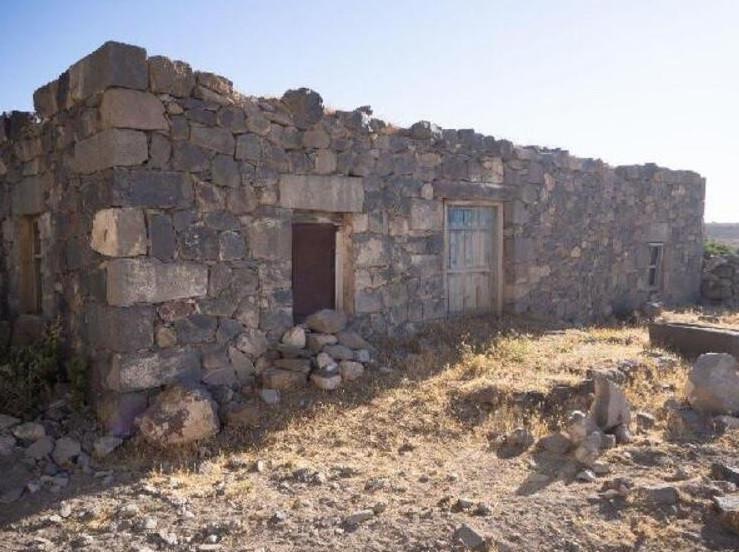
A Luwian hieroglyphic inscription from the Hittite era discovered in the Karaören Village in the Central Anatolian province of Konya’s Emirgazi district is being reckoned one of the significant archaeological discoveries of 2020.
Çiğdem Maner, an academic from the Koç University’s Archaeology and Art History Department, reported that a part of the Luwian hieroglyphic inscription from Hittite King Tudhaliya IV period was found on a door frame of an old house in Karaören village. The other half of the inscription was lost in 2015 when it was used as the doorstep of the same house.
Noting that the Culture and Tourism Ministry searched for the missing part of the inscription all over the world through Interpol, Maner said: “There are not many of these inscriptions. The unknown facts about the Hittite era come to light thanks to these inscriptions.”
While carrying out the “Bronze and Iron Age survey project,” covering Ereğli, Halkapınar, Karapınar and Emirgazi districts of Konya, Maner was trying to find the 3,300-year-old Hittite inscription that disappeared in 2015.
The Luwian hieroglyphic inscription was first mentioned in 2011 in a book written by Nizamettin Tezcan, a teacher from the Karaören village. The inscription used as a doorstep of a house in Karaören village was lost in 2015. The Konya Ereğli Museum Directorate informed the Culture and Tourism Ministry about the missing artifact, following which the ministry conducted a search for the historical inscription all over the world through Interpol. However, no information about the inscription was obtained.
Last year Maner found Fahri Kaymak, the owner of the old house in the village. Kaymak said that they found the inscription with his father in the ruins while they were building their house 45 years ago and broke it into two because the stone was big and used these two parts as a doorstep and a door frame.
With the help of the Konya Directorate of Survey and Monuments, the hieroglyphic-inscribed stone was removed from the door of the house with a crane and taken under protection at the Konya Ereğli Museum on Dec. 9, 2020.
“This Hittite Luwian hieroglyphic stone is an extraordinary find. It is most likely to be from the 13th century B.C., the Great King Tudhaliya IV period in the Hittite Imperial Age, and we think it contains important information about the historical geography of the Hatti region. There are not many of these inscriptions. For this reason, the unknown facts about the Hittite period come to light thanks to these inscriptions,” Maner said.